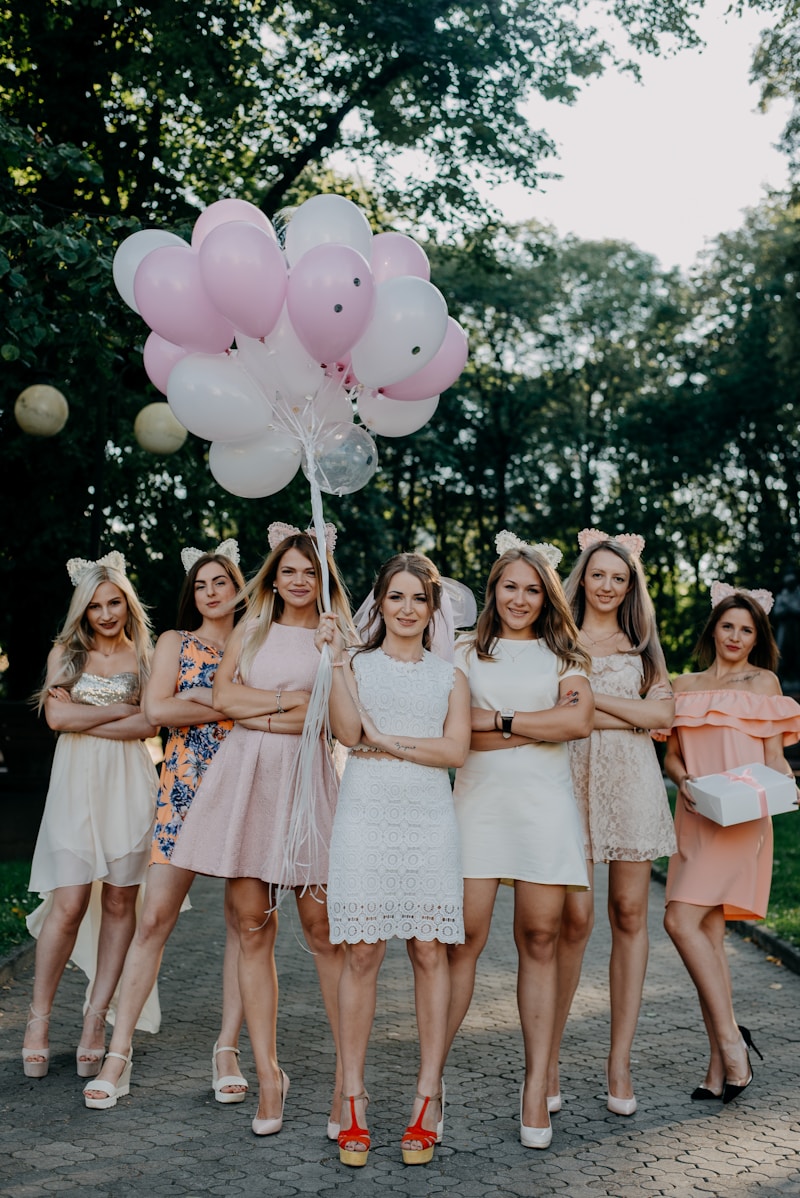Ultimate Guide to Tailoring Wedding Gowns: Crafting the Perfect Fit for Your Big Day
Introduction
Your wedding day is one of the most significant milestones in your life, and choosing the perfect gown is just as vital as choosing the perfect partner. Tailoring Wedding gowns is an art that ensures every bride looks stunning on her special day. Not only does tailoring enhance the gown's fit, but it also allows for personalization and adjustments that can make a standard dress feel one-of-a-kind. In this guide, we'll explore the essentials of tailoring Wedding gowns, from understanding the different types of alterations to finding the right tailor.
Why Tailoring is Essential for Wedding gowns
Many brides find their dream wedding gown only to realize that it doesn't fit perfectly off the rack. Tailoring is essential for several reasons:
- Perfect Fit: A tailored wedding gown will fit your body shape, ensuring comfort and confidence as you walk down the aisle.
- Customization: Tailoring allows brides to add personal touches, such as changing neckline styles, adding sleeves, or altering the hemline.
- Quality Assurance: Professional tailors ensure high-quality workmanship, which can enhance the overall appearance and durability of your gown.
Popular Wedding Gown Alterations
Here are some of the most common alterations brides might consider when tailoring Wedding gowns:
| Alteration Type | Description | Cost Range |
| Hem Adjustment | Shortening or lengthening the gown to suit your height. | $50 - $150 |
| Waist Adjustment | Taking in or letting out the waist for a snug fit. | $40 - $100 |
| Strap Adjustment | Adjusting the length or width of straps for better support. | $20 - $50 |
| Bust Adjustment | Altering the bust area to ensure a flattering silhouette. | $30 - $70 |
| Adding a Train | Creating or extending a train for added elegance. | $100 - $300 |
Finding the Right Tailor
Choosing the right tailor is crucial to achieving the perfect fit for your wedding gown. Here are tips to find a skilled professional:
- Research Local Tailors: Start by searching for bridal tailors in your area. Look for reviews on platforms like Yelp, Google, and local bridal groups on social media.
- Ask for Recommendations: Consult friends, family, or wedding planners for recommendations. Personal experiences can offer insights into the tailor's skill and customer service.
- Review Portfolios: Visit the tailor's website or request to see samples of previous work. This will help you gauge their style and expertise.
- Schedule Consultations: Meet with potential tailors and discuss your vision. This is a chance to ask questions, understand their process, and assess their professionalism.
Timeline for Tailoring Your Wedding Gown
Timing is everything when it comes to tailoring your wedding gown. Here's a timeline to ensure you have ample time for alterations:
- Order Your Gown at Least 6-8 Months in Advance: This allows time for production and shipping, especially if you custom order.
- Schedule Your First Fitting 2-3 Months Before the Wedding: This is typically when initial alterations begin.
- Follow Up with Additional Fittings: Depending on the complexity of the alterations, you may require one or two more fittings.
- Final Fitting 1-2 Weeks Before the Wedding: Ensure everything is perfect just days before your special day.
DIY vs. Professional Tailoring
Many brides wonder if they can take on the alterations themselves. Here’s a breakdown of DIY and professional tailoring:
- DIY Tailoring: If you have sewing skills, simple adjustments like hemlines and strap adjustments can be manageable. However, major alterations, such as reshaping bust areas or adding significant details, are best left to professionals.
- Professional Tailoring: For most brides, hiring a professional is the best option. Tailors have experience with bridal fabrics and understand how to make the gown look its best while maintaining its structure.
Common Challenges When Tailoring Wedding gowns
Tailoring Wedding gowns can present some challenges. Here are some common issues that arise:
- Fabric Limitations: Some materials are more challenging to alter than others. Delicate fabrics like lace and tulle may require special techniques and handling.
- Time Constraints: Waiting until the last minute can lead to rushed alterations, which may compromise quality. Plan ahead to avoid this.
- Finding the Right Tailor: As mentioned earlier, not all tailors specialize in Wedding gowns. Perform thorough research to find someone who does.
Conclusion
Tailoring Wedding gowns is a crucial step in the journey to finding your dream dress. It’s about more than just fit; it's about ensuring you feel your best on the most important day of your life. Whether you choose to tailor your gown through a professional or consider simple DIY adjustments, the key is to start early and communicate clearly about your vision. Remember, achieving the perfect fit takes time, so be patient and enjoy the process.
Final Recommendations
As you embark on your journey of tailoring Wedding gowns, here are a few final tips:
- Always book your tailor well in advance, especially during peak wedding seasons.
- Keep in mind that your body may undergo changes leading up to the wedding, such as fluctuating weight. Discuss this with your tailor.
- Consider bringing along the shoes and undergarments you plan to wear on your wedding day for accurate fitting.
- Ensure you have an open line of communication with your tailor throughout the process to address any concerns promptly.

With these insights and tips, you are well on your way to achieving the perfect fit for your wedding gown. Happy tailoring!